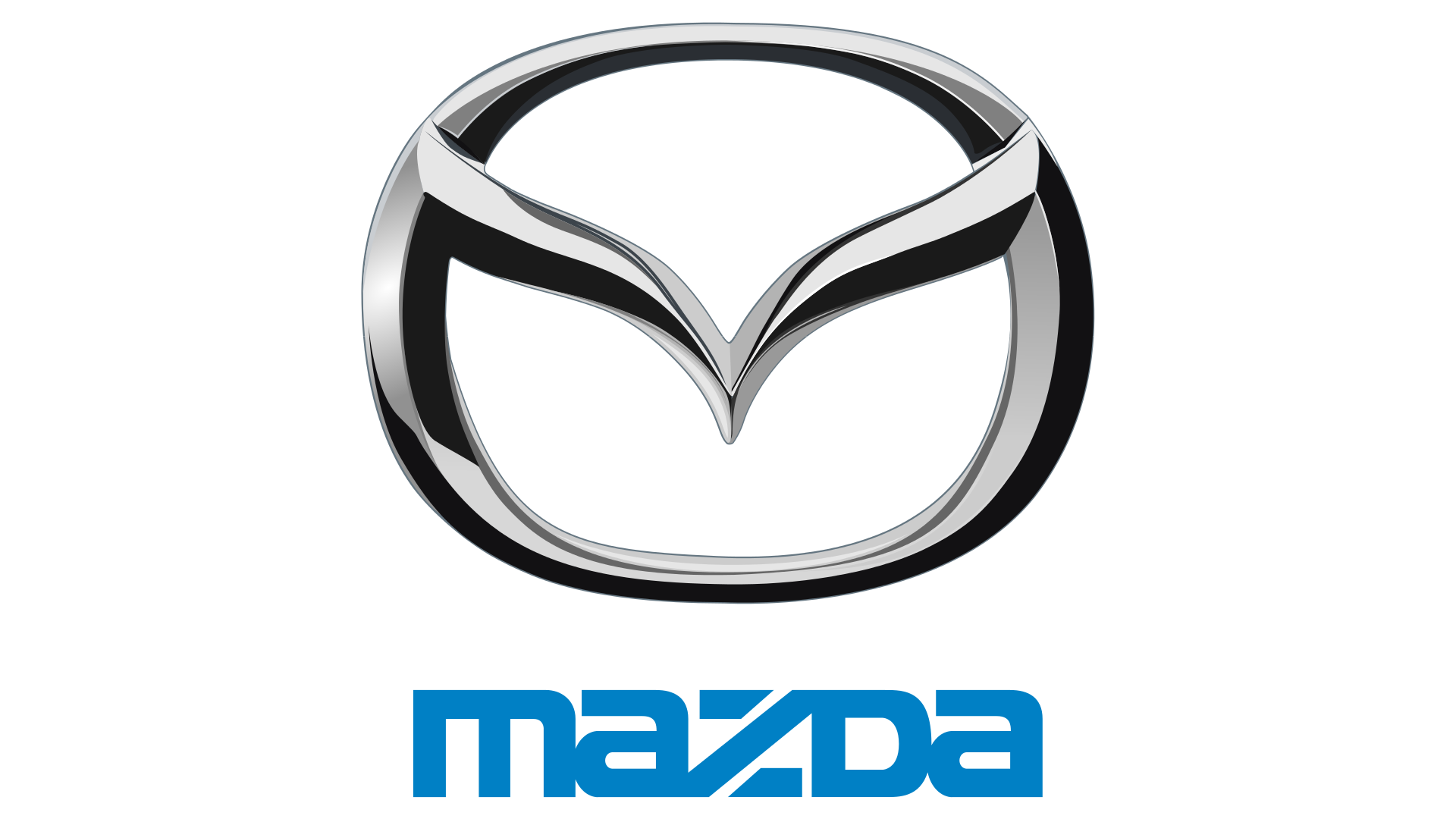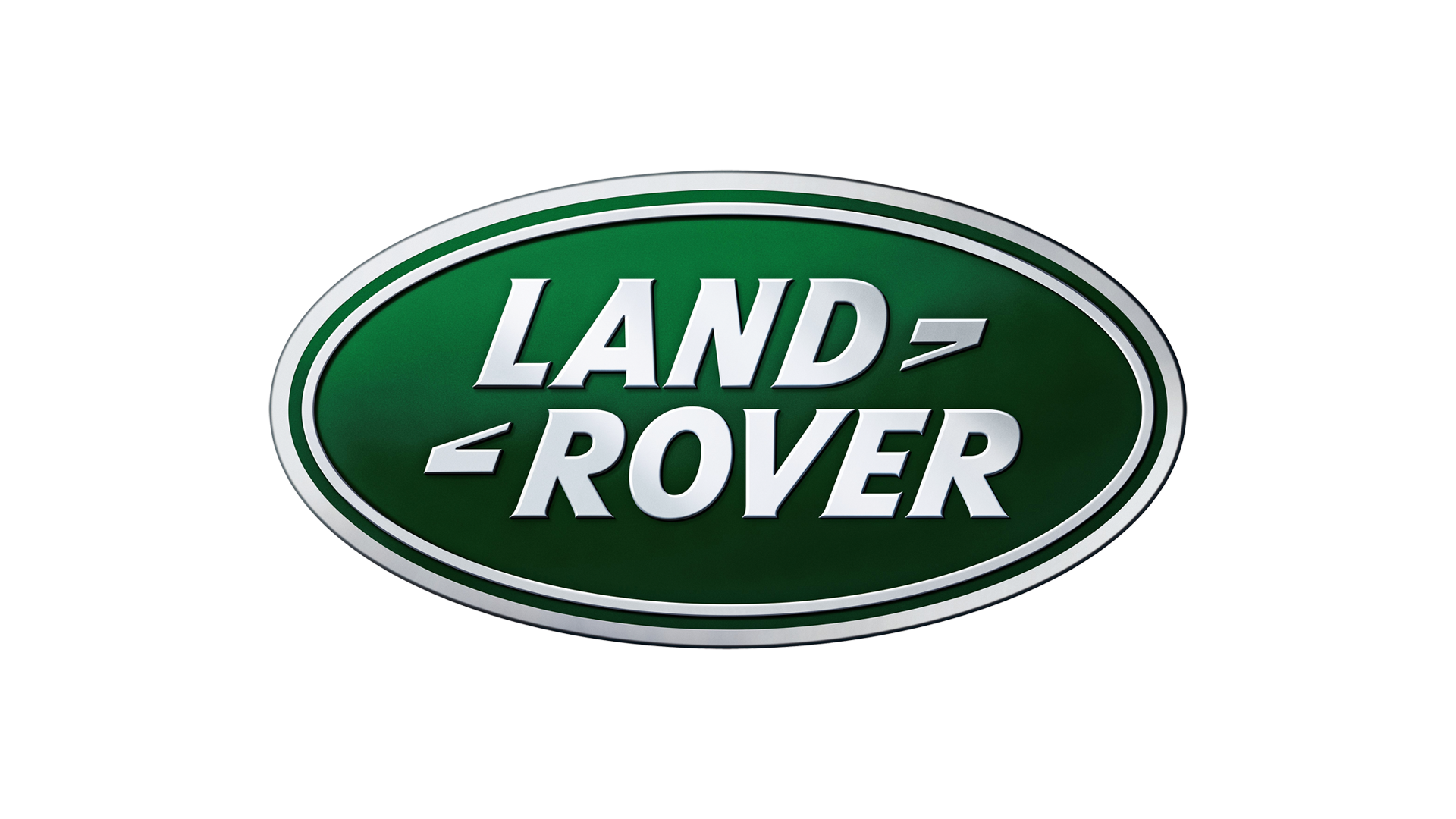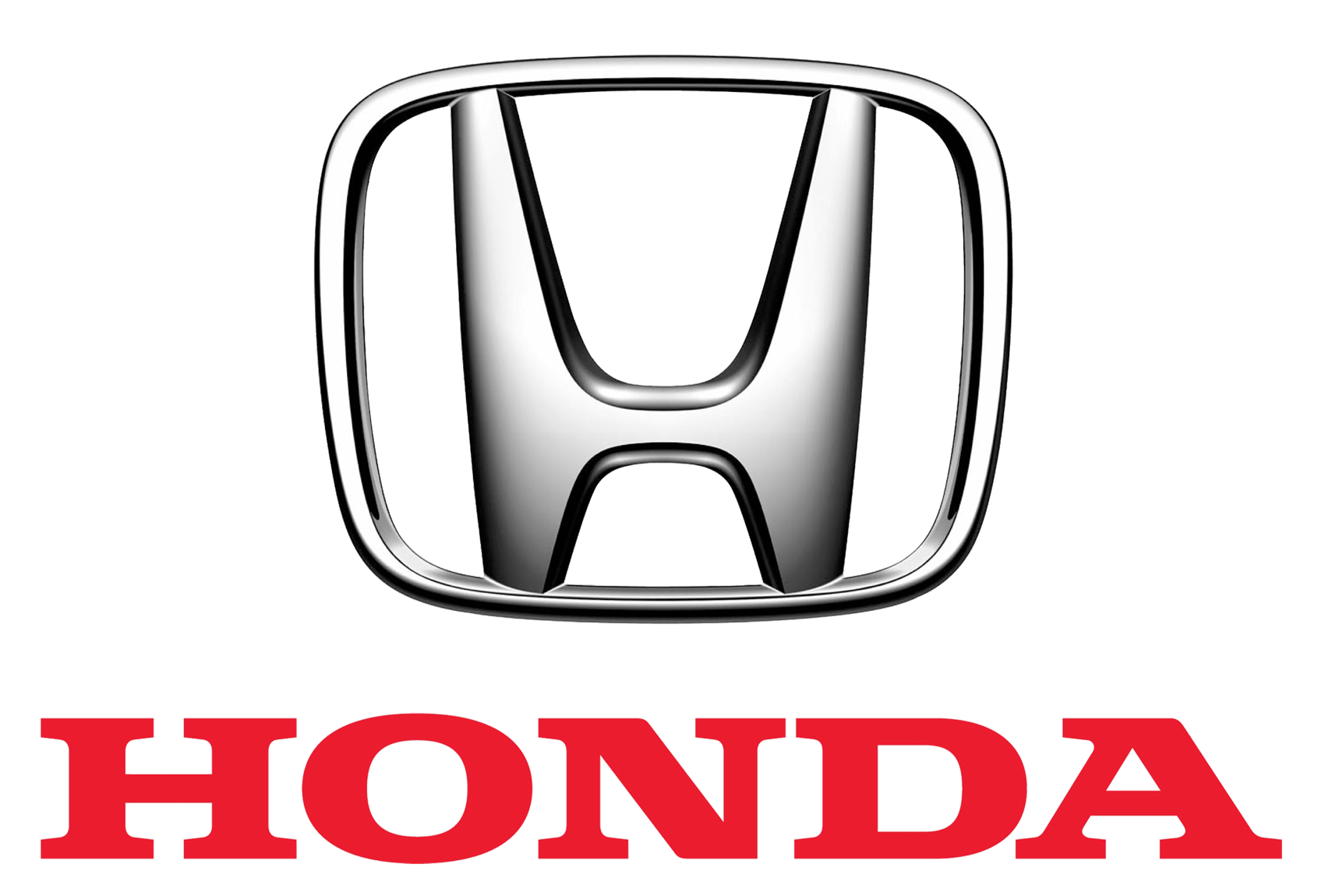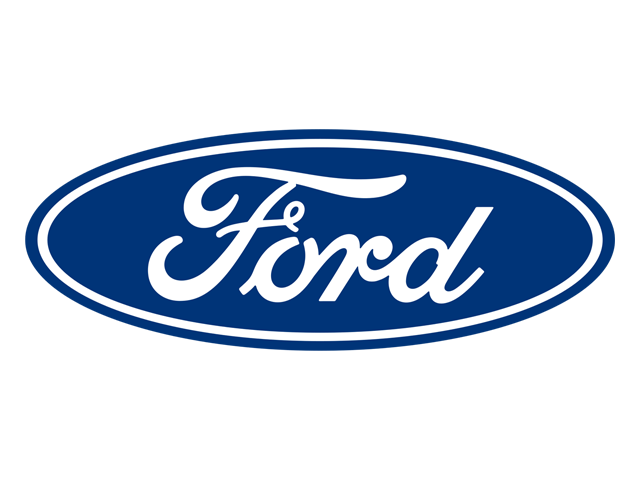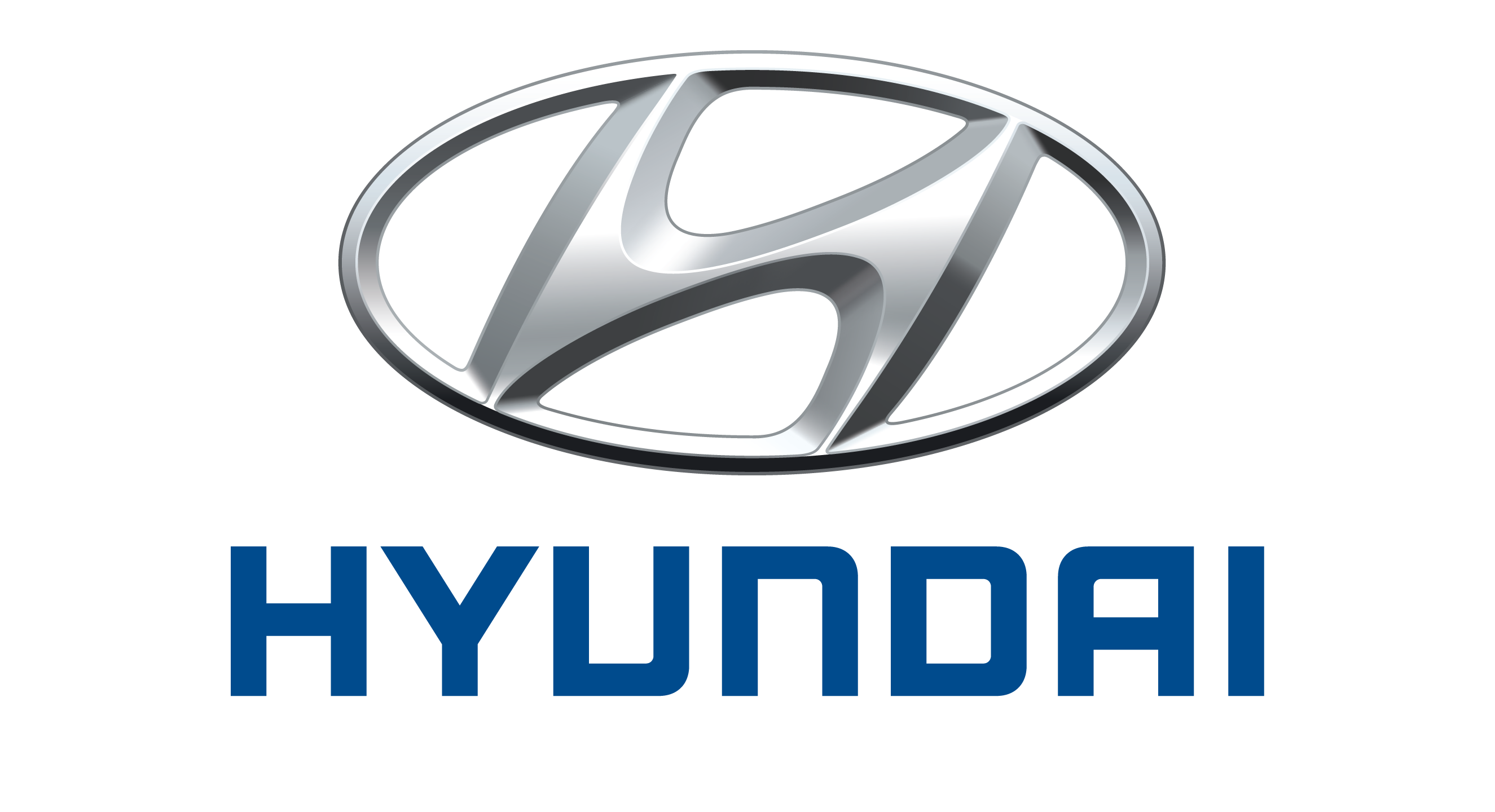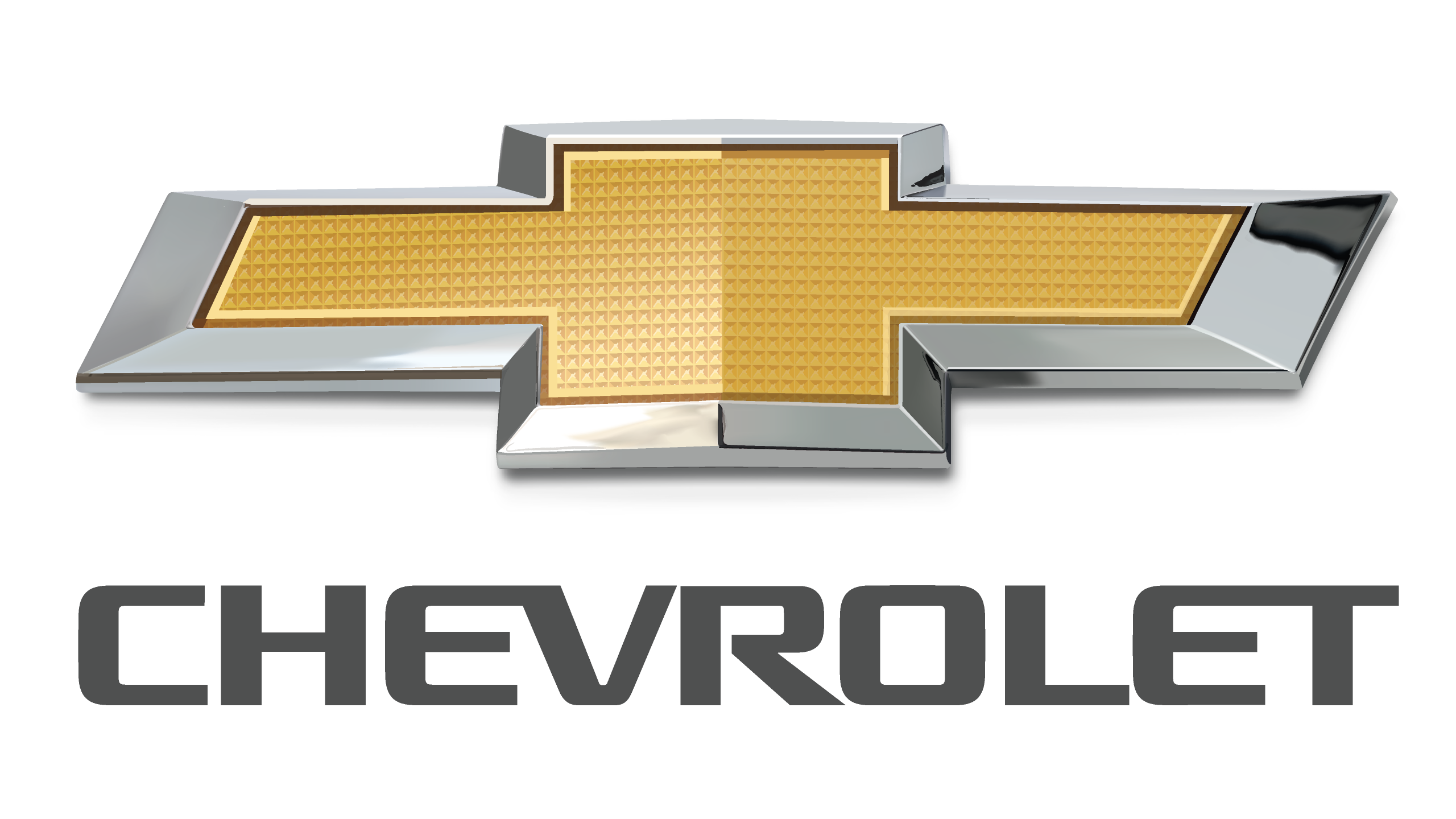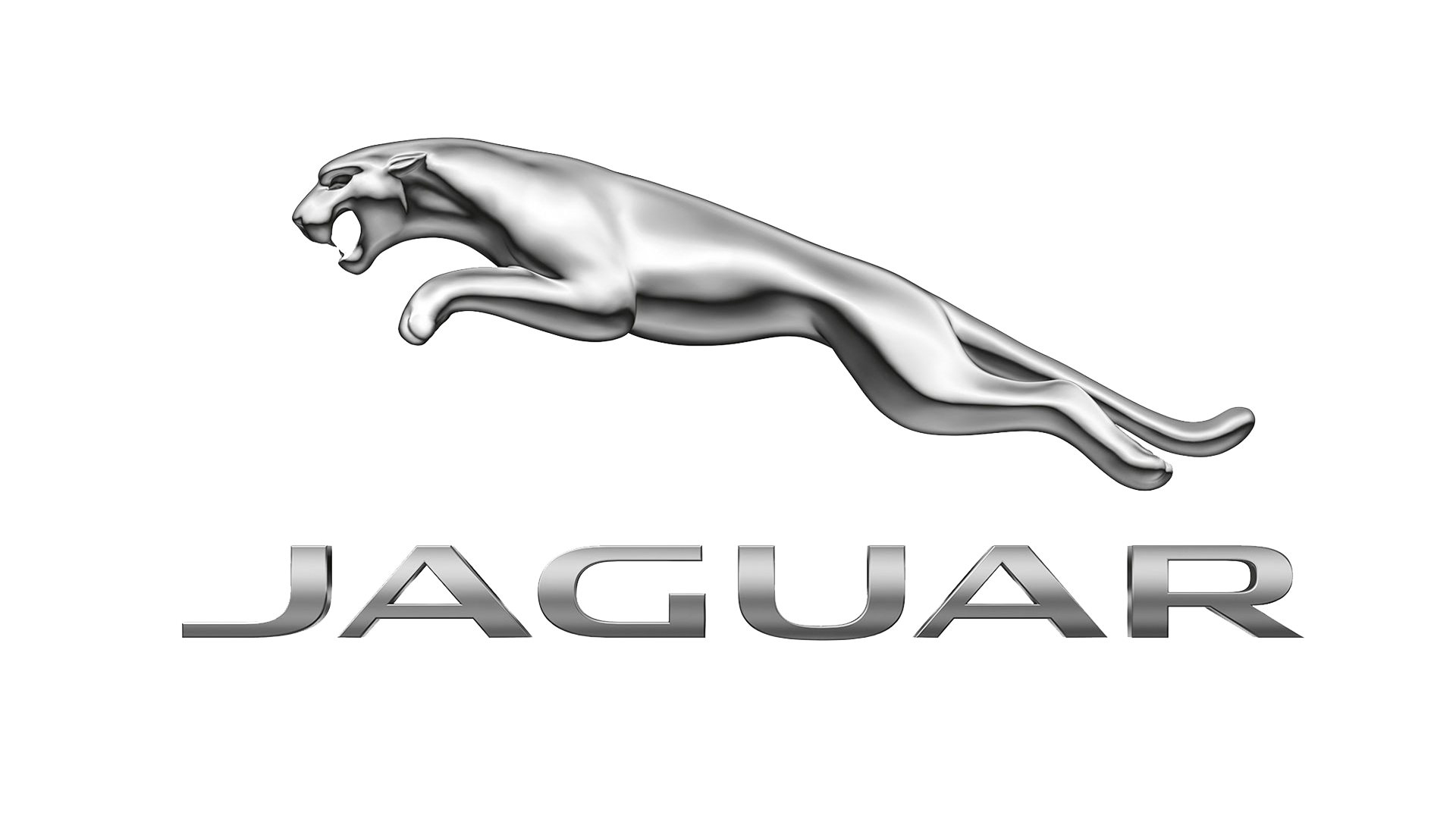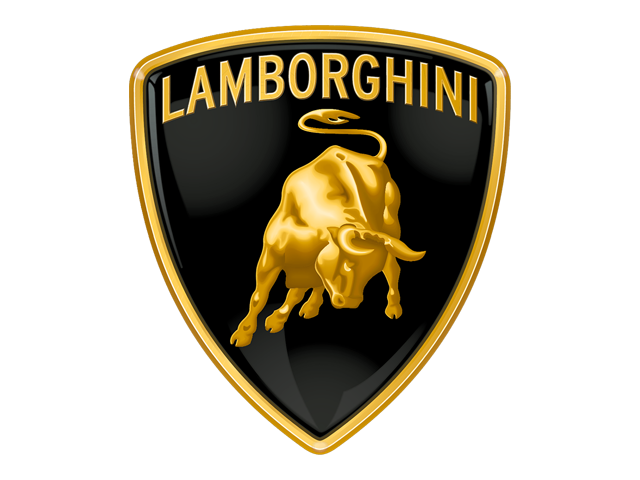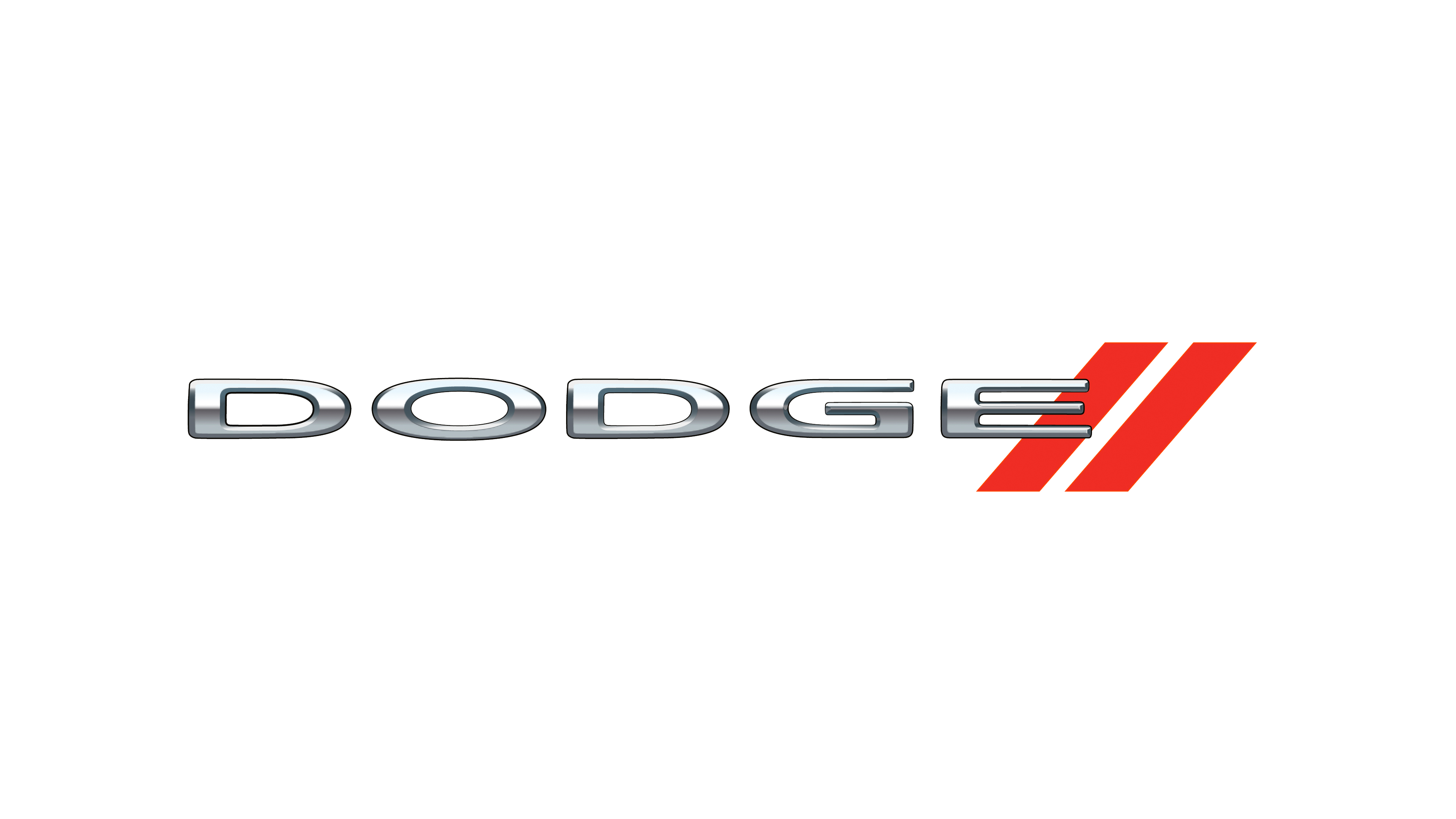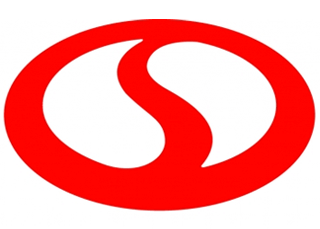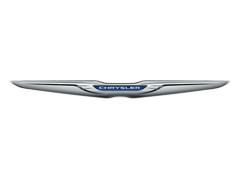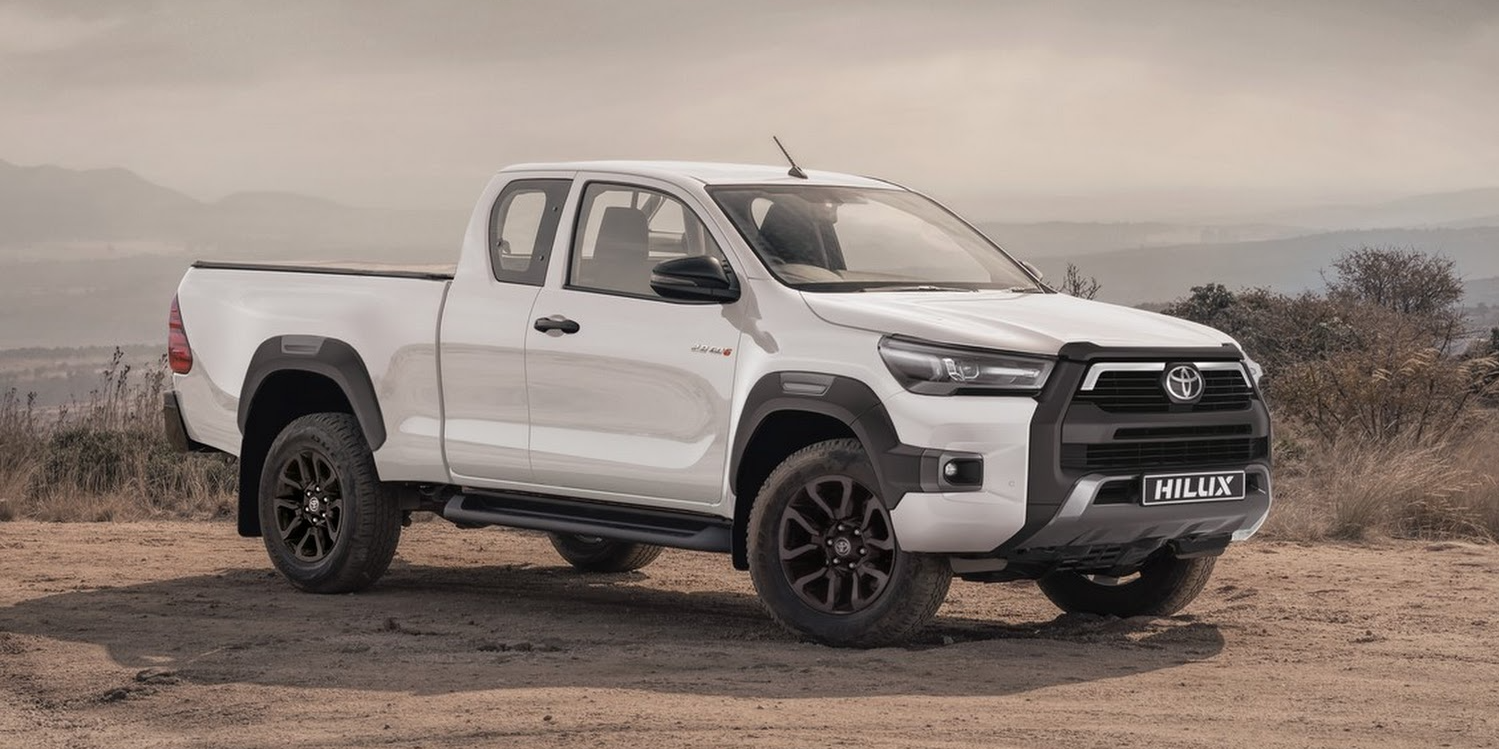From a slow start as a purely commercial vehicle, the Toyota Hilux has, over decades, expanded its appeal to cover personal transport and leisure use on top of becoming the default workhorse in our market. We look at this popular model’s recent history and tell you everything you need to know about buying, owning and selling your Toyota Hilux.
5 key facts you should know about the Toyota Hilux.
Don’t let the leather upholstery and touchscreen audio system fool you into thinking that the Toyota Hilux has become a soft-roader. Even though the Hilux has become a bit of a status symbol over time, thanks to the proliferation of high-trim family- and leisure-oriented variants, it’s still a workhorse at its core. This reality brings advantages and disadvantages, but one thing’s certain: the Hilux is still a very accomplished commercial vehicle.
1. Today’s Hilux can be had with a choice of three petrol engines, or with types of diesel in three output levels. The two four-cylinder petrol engines are aimed at the entry-level workhorse market, but the diesels cover the whole spectrum from bare-bones utility to luxurious family transport.
2. All variants have the same wheelbase length (and similar overall length), but there is a choice between narrow and wide body styles, along with three cabin designs.
3. Four-wheel drive models are very accomplished off-road but are probably surplus to most buyers’ requirements. That’s why almost all trim levels can be had with either rear- or four-wheel drive.
4. While the current generation (launched in 2015) has all-new diesel engines, the three petrol powertrains are largely carry-over units from the older model.
5. The current Hilux is more of a thorough redesign of its predecessor than it is an all-new vehicle but there is very little in the way of parts interchangeability between the last two generations.
A Close Look
It’s amazing that Toyota managed to keep the previous-generation Hilux competitive for as long as they did because its opponents started catching up to this class leader about halfway through the old model’s 11-year lifecycle. But, when the current generation arrived in 2015, it represented a real all-around improvement on the outgoing model. While its market segment is getting ever more competitive, today’s Hilux still manages to capitalize on its historic popularity, capability, and reputation for innate toughness to lure buyers into showrooms.


